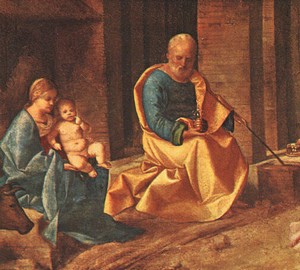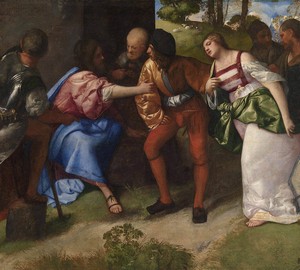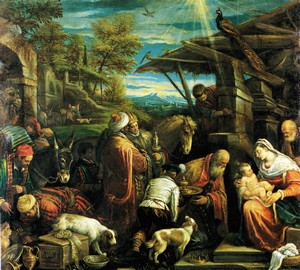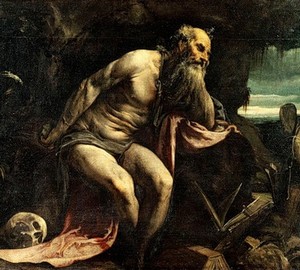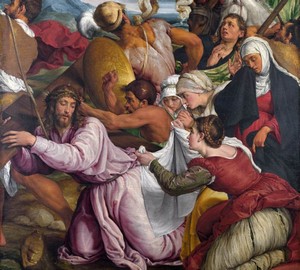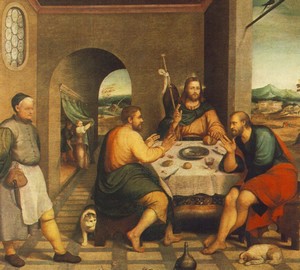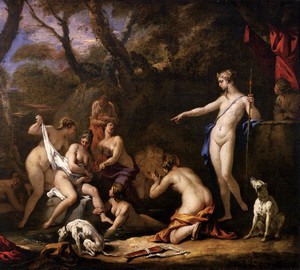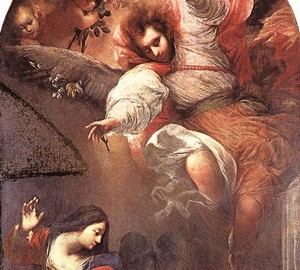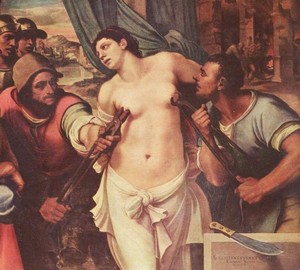Description of the picture: Adoration of the Magi – Giorgione. 1500-1510. Wood, oil. 29 x 81 cm The picture of Giorgione "Adoration of the Magi"
“The Harlot before Christ”, Giorgione – description of the painting
Description of the picture: The harlot before Christ – Giorgione. 137 x 180 cm The plot from the New Testament about the harlot and Christ
“Adoration of the Magi”, Jacopo Bassano – description of the painting
Description of the picture: Adoration of the Magi – Jacopo Bassano. 1576-1580. Canvas, oil. 125×140 The work of Jacopo Bassano continues the traditions of that
“Transfer of Maria’s house from Nazareth to Loreto”, Tiepolo – description of the painting
Description of the picture: Moving Maria’s house from Nazareth to Loreto – Giovanni Balista Tiepolo. Canvas, oil. 126 x 86 “Moving Maria’s house from Nazareth
“Saint Jerome in the desert”, Jacopo Bassano – description of the painting
Description of the picture: Saint Jerome in the desert – Jacopo Bassano. Around 1560. Oil on canvas. 119×154 Jacopo da Ponte, nicknamed by the name
“The Way to Calvary”, Jacopo Bassano – description of the painting
Description of the picture: The path to Calvary is Jacopo Bassano. 1545-1550. Canvas, oil. 145 x 133 cm. The painting depicts the famous moment from
“Dinner at Emmaus”, Jacopo Bassano – description of the painting
Description of the picture: Dinner at Emmaus – Jacopo Bassano. Around 1538. The biblical story under the common title “Dinner at Emmaus” was widely used
Diana and Callisto, Sebastiano Ricci
Description of the picture: Diana and Callisto – Sebastiano Ricci. 1712-1716. Canvas, oil. 64×76 Bathing Diana, which in the III century BC. e. was identified
The Annunciation, Sebastiano Mazzoni
Description of the picture: The Annunciation – Sebastiano Mazzoni. The middle of the XVII century. Canvas, oil. 154×112 “Annunciation” Sebastiano Mazzoni (1611-1678) impresses with the
“Martyrdom of St. Agatha”, Sebastiano del Piombo – description of the painting
Description of the picture: Martyrdom of St. Agatha – Sebastiano del Piombo. 1520. Oil on canvas. 127 x 178 cm. Saint Agatha is one of
